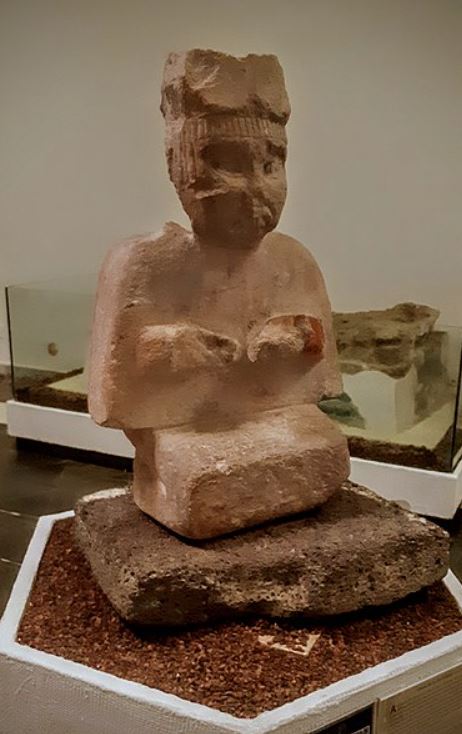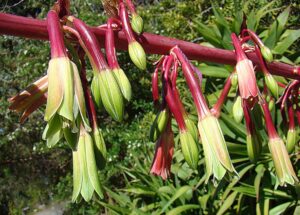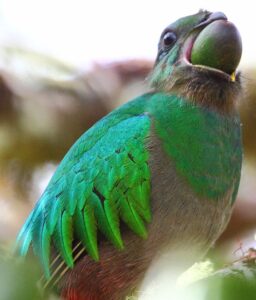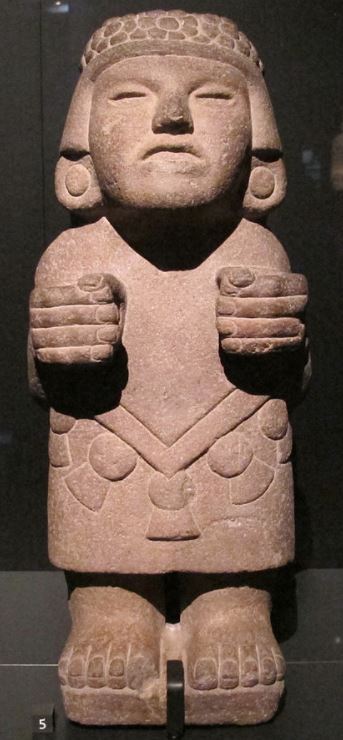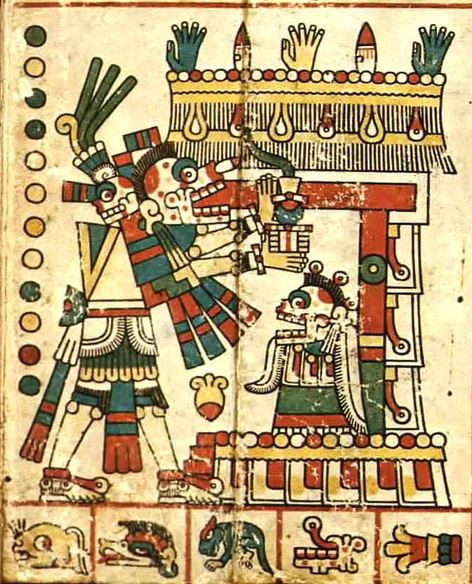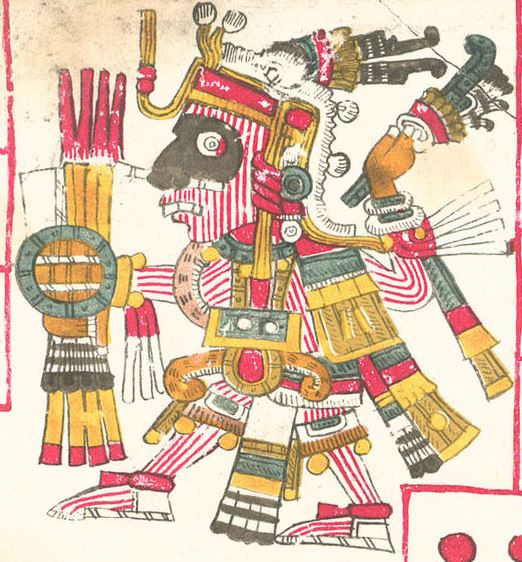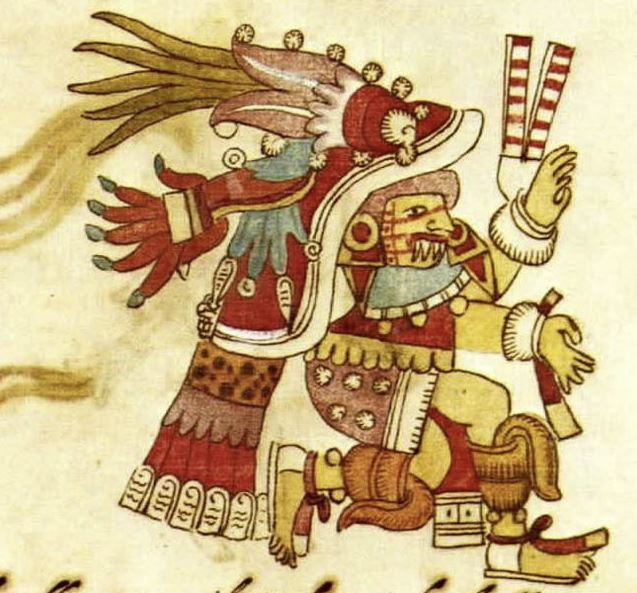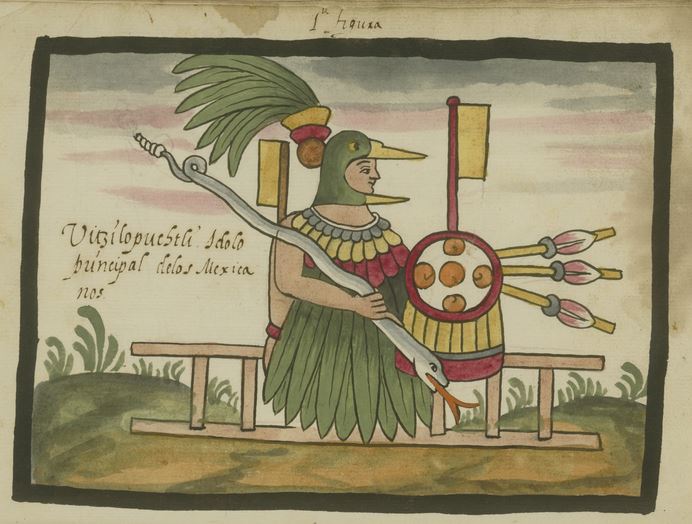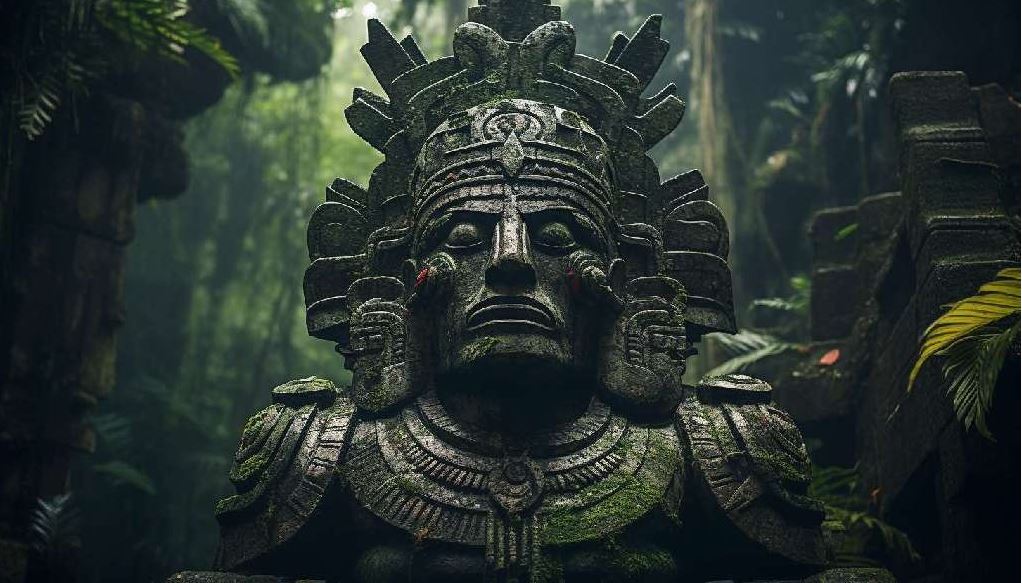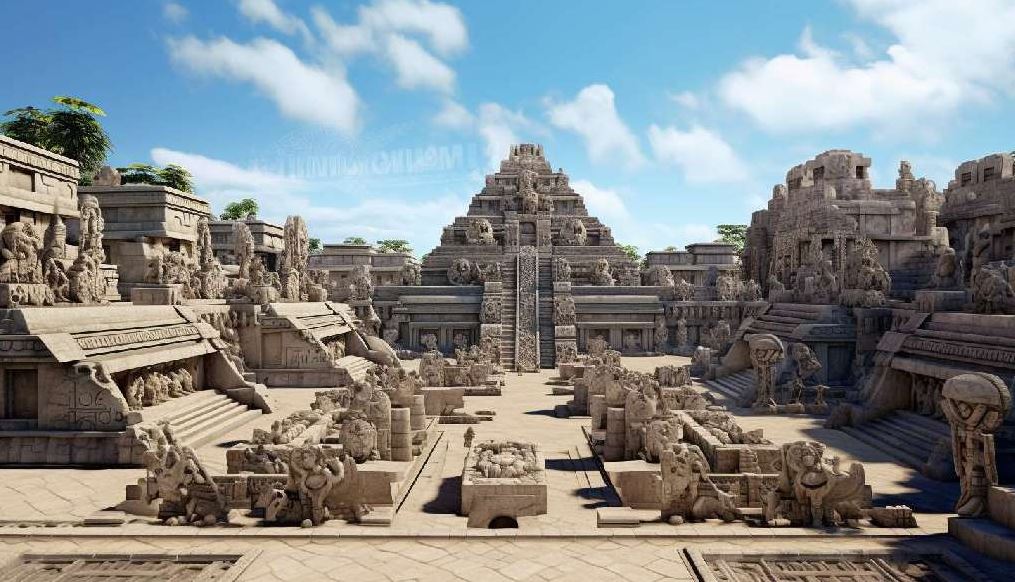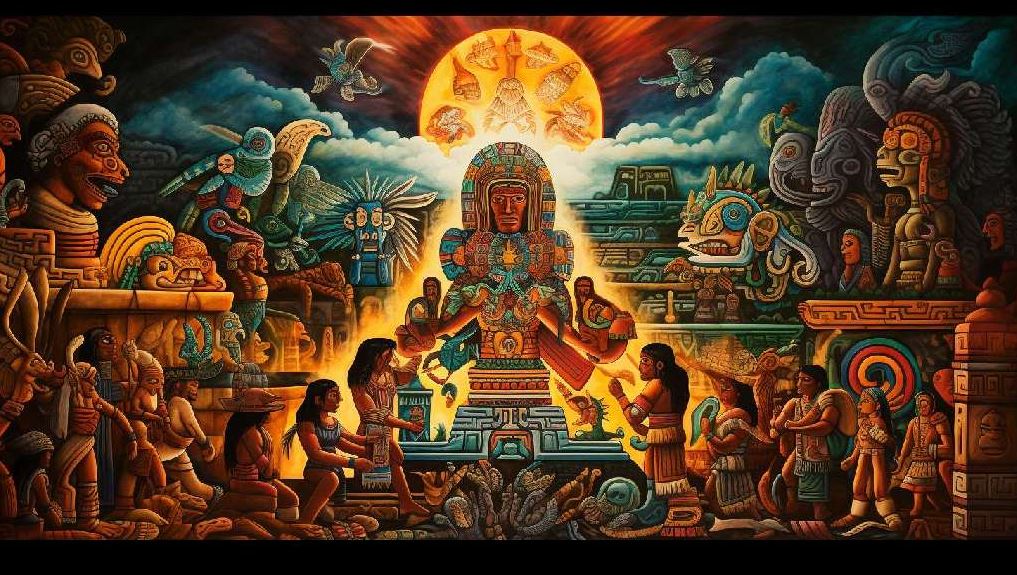The Aztec Goddess Xochiquetzal, Her Legend, Symbols and Powers
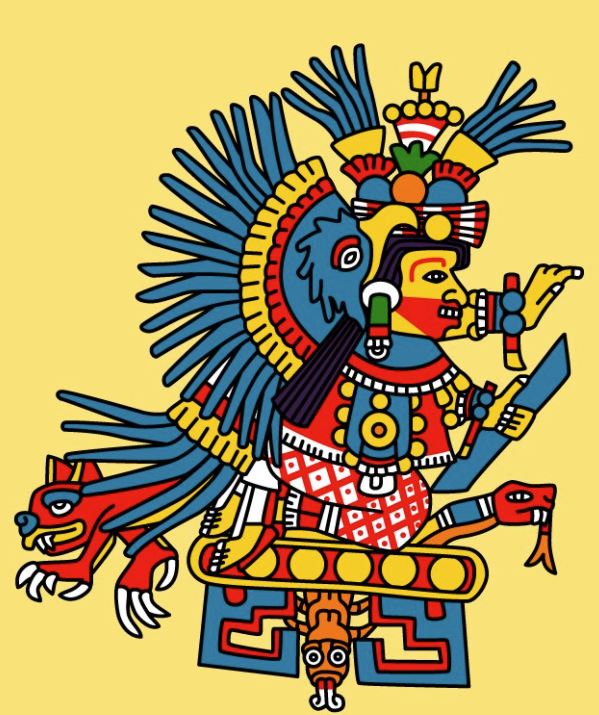
The Aztec goddess Xochiquetzal was one of the most important goddesses in the Aztec pantheon.
She was associated with most of the aspects relating to women and femininity: she was the deity who presided to fertility and pregnancy, but also to handicrafts traditionally linked to women, such as weaving.
Her most important characteristic was surely her strongly accentuated sensuality: she was the only Aztec goddess to be represented as a young woman, all the others being usually portrayed as mature ladies.
What is Xochiquetzal the goddess of?
Because she was represented as a young woman, the Aztec goddess Xochiquetzal was also the goddess of eroticism.
According to this fact, she was thought to have had relationships with many among the most important gods of the Aztec religion.
The most renowned was surely Tezcatlipoca, the omniscient god of the night sky and one of the creators of the world.
Eros and beauty were such important traits of the Aztec goddess Xochiquetzal that, simplifying, she could be called the goddess of Love.
A representation of Xochiquetzal Aztec goddess
Meaning of Xochiquetzal and Origin of the Name
The word “Xochiquetzal” comes from two Nahuatl words: one is “xochitl”, which means “flower”, and the other is “quetzalli”, which indicates the tail feathers of a bird known as quetzal.
Her name can be therefore translated as “flower quetzal feather”. Since flowers and feathers were linked by Aztecs to women’s sensuality we can say that the Aztec goddess Xochiquetzal’s name suggests quite directly what was her most important feature.
History and legend of Xochiquetzal goddess and Most Important Myths Related to Her
Few pieces of information are available on the Xochiquetzal goddess. Considering her role in the Aztec religion, this circumstance seems to depend more on the destruction of sources operated by Europeans, rather than on reticency.
Xochipilli and Xochiquetzal
It is known that the Aztec goddess Xochiquetzal, often revered as the goddess of love and fertility, had a twin brother, or alternatively a male counterpart: a god named Xochipilli who was associated with dance, games, and the arts.
Xochipilli and Xochiquetzal, collectively symbolizing beauty and pleasure, play significant roles in Aztec mythology.
Xochiquetzal, also recognized as the Mexican goddess of love, was thought to have been born in Tamoanchan, one of the thirteen heavens of the Aztec cosmos, from a couple of hairs on the head of her first husband, Piltzintecuhtli. She would have been the mother of the god of corn, Cinteotl, further cementing her role as a fertility goddess.
Not many myths about the Aztec goddess Xochiquetzal’s story survive. In one of the surviving stories, Xochiquetzal is said to have played an important role in the history of mankind. According to legend, she was kidnapped by Tezcatlipoca, the god of night and sorcery, which led to a series of earthly changes reflecting the divine conflict.
Artistic representation of Xochipilli and Xochiquetzal, the Aztec deities of love and beauty
The Creation of the Second Woman
According to Aztec religion, or at least to some of its versions survived until us, the world would have been created by four divine brothers, i.e.
Tezcatlipoca, Quetzalcoatl, Xipe-Totec, and Huitzilopochtli.
These deities would have not only crafted the lands as we know them but would have also created the first man and woman, in order to populate the world with humankind.
However, their project came to a halt very soon, since the son of the primordial humans, who was called Pilcetecli, had not a woman to marry. Another woman was evidently needed.
This second creation was performed with the help of the Aztec fertility goddess Xochiquetzal: the four divine brothers used her symbolic flower to form another woman to give to Pilcetecli as his wife.
Statue of Xochiquetzal, celebrating her as an emblem of fertility and beauty within the Aztec pantheon
Powers of the Aztec goddess Xochiquetzal
Clearly enough, Xochiquetzal was thought to possess great seductive powers.
One
story about her tells how she once seduced her own brother, Yappan, who had made the vow to remain chaste. While Yappan was punished for this act by being transformed into a scorpion, the Aztec goddess Xochiquetzal did not suffer any consequence.
This highlights the duality of her nature, embodying both the power of temptation and mercy.
Indeed, it is interesting to note that she was thought to have a somewhat opposite power, too: while, from one side, she was the one who brought temptation, on the other she could in fact amend the sins of her worshippers.
This dual role made her an important deity in the Aztec pantheon, often celebrated in pre-Hispanic times. She was also called the goddess of pregnancy, childbirth, and the renewal of life, roles she balanced with her more seductive aspects.
A proof of this aspect of her cult is evident from the rites performed during one of the main festivities dedicated to her, which occurred every eight years.
During this festival, people used to go to her temple with some pieces of straw, one for every sin they wanted to ask forgiveness for. This practice was a physical manifestation of their desire to purify their souls under her benevolent gaze.
They pierced a hole in their tongues, and passed the piece of straw through it, then left the pieces of straw on the floor. This act of penance was directly linked to the goddess’s domain over fertility and renewal.
The Codex Fejervary-Mayer, an ancient manuscript, provides insights into such rituals that represented the entire cosmos, including the role of Xochiquetzal in these celestial events.
At the end of the day, the priests would have collected all the pieces of straw left by the worshippers and burnt them, destroying the sins they represented in the process.
This purification ceremony was crucial in maintaining the balance between the physical and spiritual realms, which Xochiquetzal was believed to influence.
Symbols of Xochiquetzal goddess and Their Meanings
When deciphering the nuanced lexicon of Aztec symbolism, the Goddess Xochiquetzal stands as a beacon of vitality, beauty, and creative spirit.
Known as the “flower feather,” Xochiquetzal was the Aztec goddess of beauty, pleasure, and fertility, and her associated symbols capture these divine attributes vibrantly. Her symbolism extends to the feather of the quetzal bird, a precious feather that represents her elegance and connection to the divine.
As we said when discussing her name, the Aztec Xochiquetzal’s main symbols were flowers and feathers. They clearly represented her sensuality, and she was often portrayed accompanied by them. The flower, in particular, symbolizes her role as the Aztec flower goddess, embodying beauty, growth, and the nurturing of life.
Xochiquetzal symbol: the Flower
One of Xochiquetzal’s key symbols is the flower. Often depicted wearing a garland of flowers, she was a patron of the delicate, colorful flora that graced the Aztec landscape. As flowers often symbolize beauty and life’s ephemeral nature, their association with Xochiquetzal reinforced her connection to the transient, yet enchanting, aspects of existence.
Xochiquetzal symbol: the Quetzal Feather
The bird feather, specifically the quetzal feather, is another crucial symbol linked to Xochiquetzal. The quetzal bird, renowned for its strikingly beautiful plumage, was deeply revered in Aztec culture. By connecting Xochiquetzal to the quetzal’s feather, the Aztecs highlighted her divine beauty and association with the majestic.
Furthermore, Xochiquetzal was often portrayed with an elaborate headdress and ornate clothing, signifying her dominion over artisans, particularly those working with textiles and jewelry.
These intricately crafted symbols underline her ties to craftsmanship, creativity, and artistic expressions, often embellished with flowers and the symbols of her fertility and beauty.
Xochiquetzal symbols: Butterfly and Shell
Lastly, Xochiquetzal is also tied to a symbol of a butterfly or a shell, relating to her role as a goddess of fertility and childbirth. Both the butterfly, with its transformative lifecycle, and the shell, often linked with femininity and birth, signify Xochiquetzal’s crucial role in the perpetuation of life and the celebration of its pleasurable aspects.
Her association with such symbols underlines the gender ambiguity embodied in her mythology, linking her to both creation and transformation.
Aztec goddess Xochiquetzal symbol: The Moon
Among the other things, the Xochiquetzal goddess was also linked to the moon. It seems that the reason behind this association is the fact that she presided over pregnancy. A pregnant woman’s belly, in fact, passes from a completely flat profile to a fully rounded one, going through different stages.
The moon, during its monthly cycle, undergoes a similar course
Xochiquetzal symbol: the moon
Additional Facts about the Aztec goddess Xochiquetzal
The violent character of Aztec culture and its tendency to make human sacrifices are evident in Xochiquetzal’s cult, as they are in the rites performed to honor many other gods.
In particular, during the festival Hueypachtli held in honor of the Aztec Xochiquetzal and of the god of rain Tlaloc, which was celebrated every eight years, the Aztecs used to choose a girl to impersonate the goddess, as it was common in their celebrations.
During this festival, Xochiquetzal was honored with flower offerings, drinking, and songs, reflecting her influence over life and pleasure.
After the offerings had been made, and when the worshippers had drunk and enjoyed themselves, the impersonating girl would have been sacrificed by decapitation.
These stories, inevitably, are always perceived by us as cruel and barbaric.
Anyway, it must be noted that the slaying which typically happened in this like in other Aztec festivities was not intended as a punishment.
The victim, in most cases, had done nothing wrong for the community; on the contrary, before being sacrificed, he or she had been considered worthy to interpret the Aztec god or the goddess, which was a great honor, indicating that the chosen victim possessed divine virtues.
Besides, the victim was thought to offer to the community a great service, since the sacrifice would have helped to keep the gods calm and benevolent.
Another Aztec Xochiquetzal statue
.












